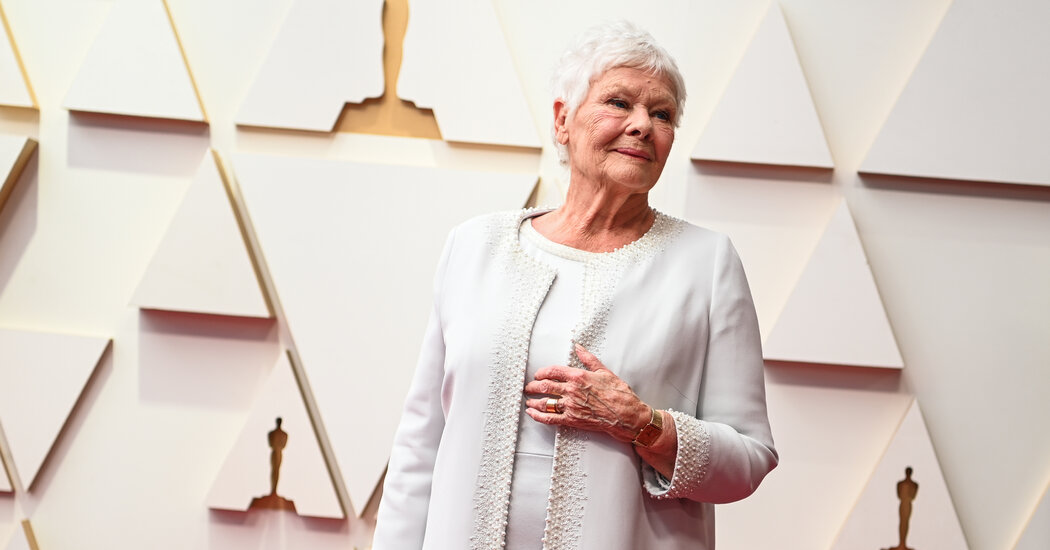If deals are struck, Meta may incorporate the actors’ voices into a digital assistant product called MetaAI, people with knowledge of the effort said.
Meta is in discussions with Awkwafina, Judi Dench and other actors and influencers for the right to incorporate their voices into a digital assistant product called MetaAI, according to three people with knowledge of the talks, as the company pushes to build more products that feature artificial intelligence.
Apart from Ms. Dench and Awkwafina, Meta is in talks with the comedian Keegan-Michael Key and other celebrities, said the people, who spoke on the condition of anonymity because the discussions are private. They added that all of Hollywood’s top talent agencies were involved in negotiations with the tech giant.
The talks remain fluid, and it is unclear which actors and influencers, if any, may sign on to the project, the people said. If the parties come to an agreement, Meta could pay millions of dollars in fees to the actors.
A Meta spokesman declined to comment. The discussions were reported earlier by Bloomberg.
Meta, which owns Facebook, Instagram and WhatsApp, has invested heavily in artificial intelligence, which the biggest tech companies are racing to develop and lead. Meta has plowed billions into weaving the technology into its social networking apps and advertising business, including by creating artificially intelligent characters that could chat through text across its messaging apps.
On Wednesday, Mark Zuckerberg, Meta’s chief executive, increased how much his company would spend on A.I. and other expenses this year to at least $37 billion, up from $30 billion at the beginning of 2024. Mr. Zuckerberg said he would rather build too fast “rather than too late” to prevent his competitors from gaining an edge in the A.I. race.
One area of A.I. that is rapidly emerging are chatbots with voice abilities, which act as virtual assistants. In May, OpenAI, a leading A.I. company, unveiled a version of its ChatGPT chatbot that could receive and respond to voice commands, images and videos. It was part of a wider effort to combine conversational chatbots with voice assistants like the Google Assistant and Apple’s Siri.
